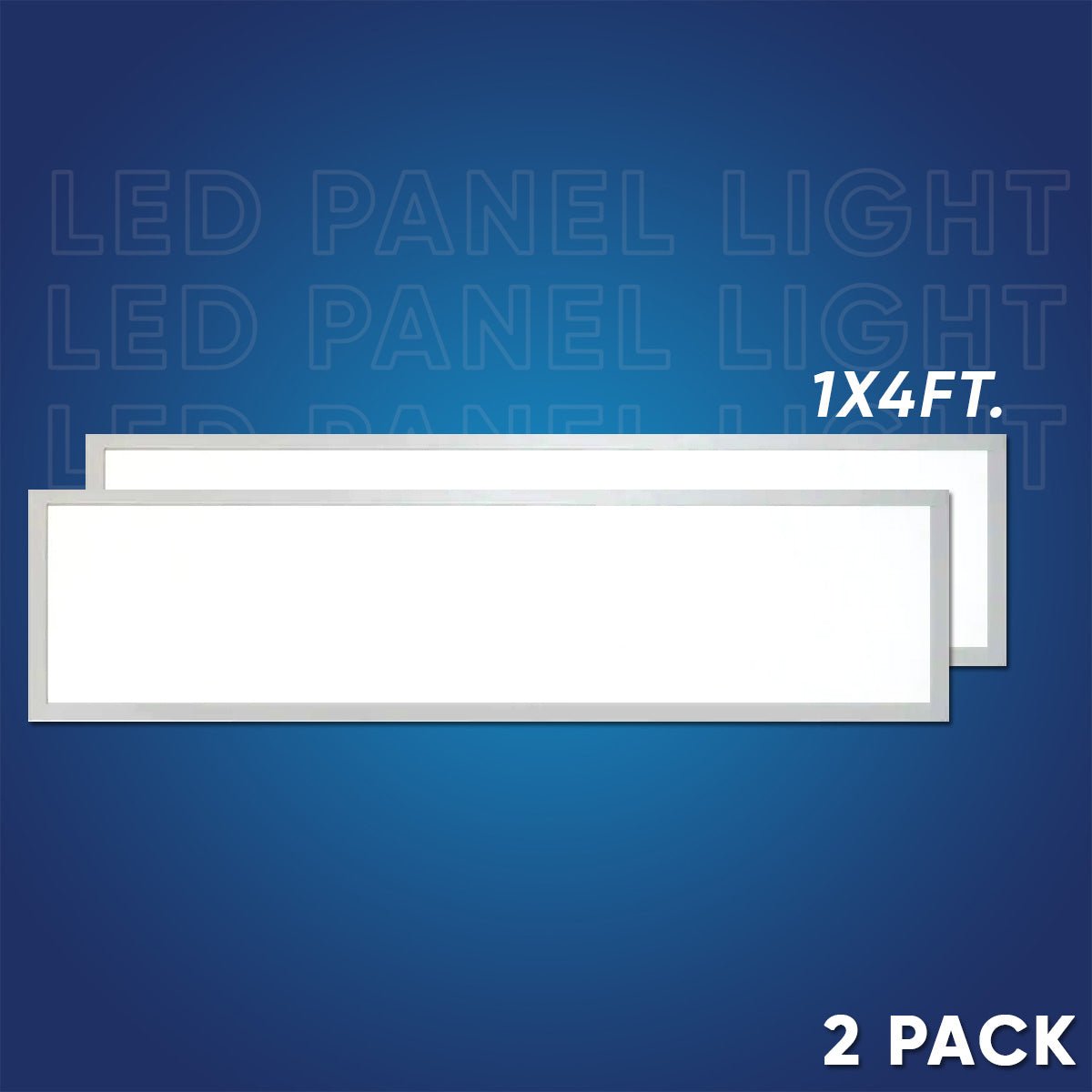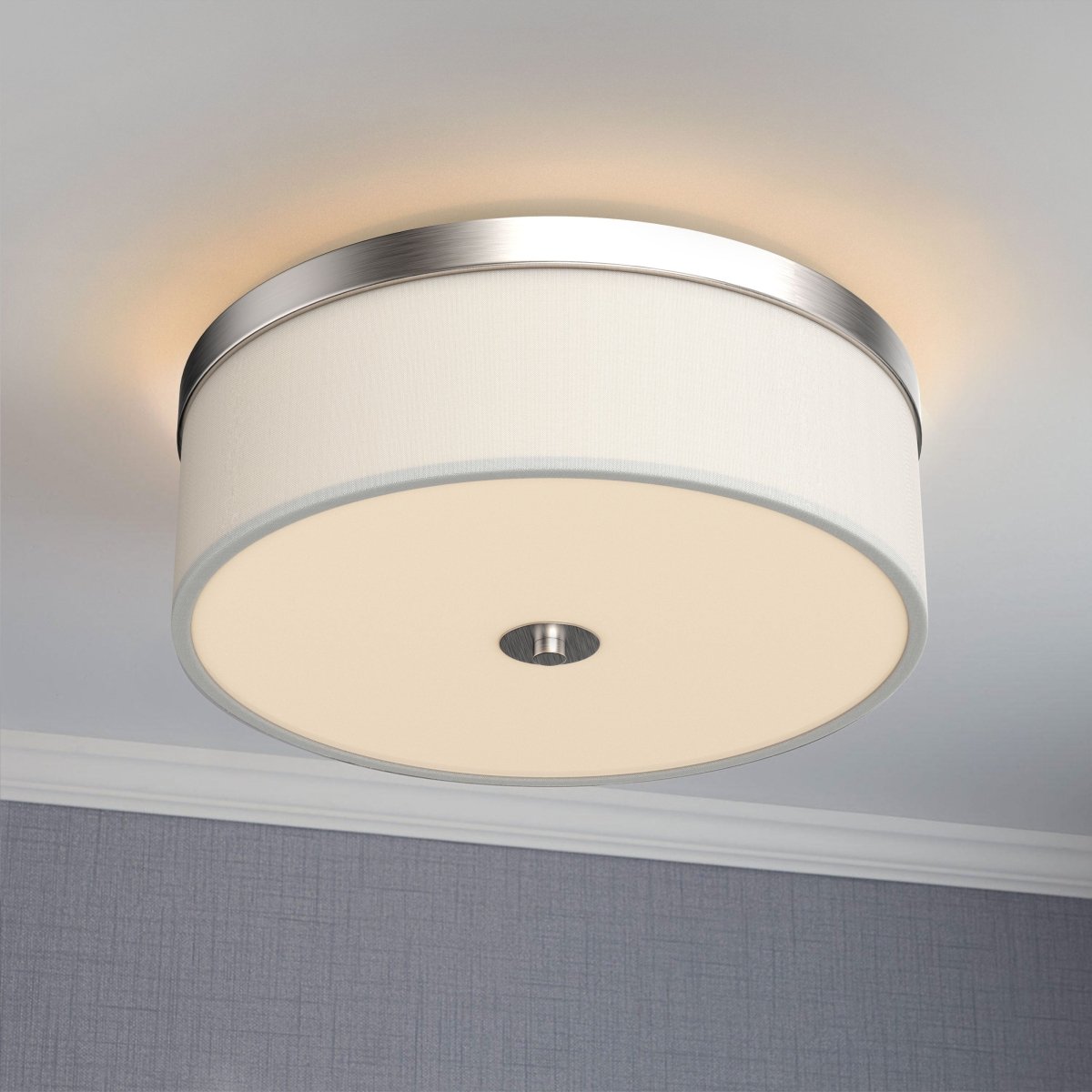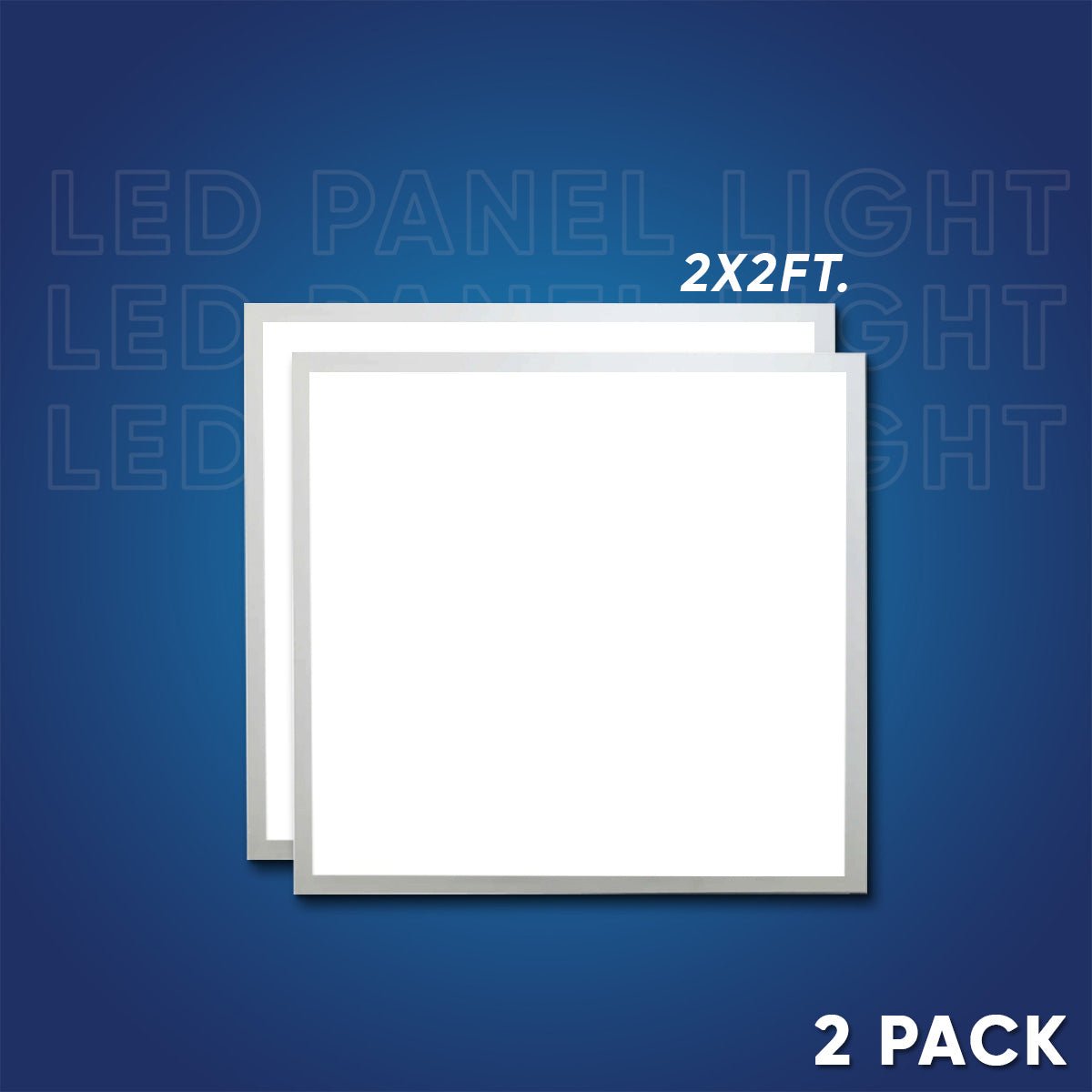LED panel lights have revolutionized the lighting industry with their energy efficiency, versatility, and sleek design. In this article, we delve into the various applications and advantages of LED Panel Lights, along with considerations for choosing and maintaining them.
Introduction
Understanding LED Panel Lights
LED panel lights are flat, thin lighting fixtures that utilize light-emitting diodes (LEDs) as a light source. These panels offer a uniform and glare-free illumination, making them ideal for a wide range of indoor lighting applications.
Importance of LED Panel Lights
LED panel lights play a crucial role in modern lighting design, providing efficient and aesthetically pleasing illumination in various settings. From commercial spaces to residential areas, LED panel lights offer numerous benefits over traditional lighting solutions.
Advantages of LED Panel Lights
Energy Efficiency
One of the primary advantages of LED panel lights is their exceptional energy efficiency. Compared to traditional fluorescent or incandescent lighting, LED panels consume significantly less power, resulting in lower energy bills and reduced carbon emissions.
Longevity
LED panel lights have a longer lifespan than conventional lighting fixtures, lasting up to 50,000 hours or more. This extended lifespan translates to lower maintenance costs and fewer replacements over time, making LED panels a cost-effective lighting solution.
Uniform Lighting
Unlike traditional light sources that emit directional light, LED panel lights provide uniform illumination across the entire panel surface. This even distribution of light eliminates shadows and hotspots, creating a comfortable and visually appealing lighting environment.
Design Flexibility
LED panel lights come in various shapes, sizes, and color temperatures, allowing for greater design flexibility. Whether you need recessed panels for seamless integration or surface-mounted panels for versatile installation, LED technology offers options to suit any space or aesthetic preference.
Applications of LED Panel Lights
Commercial Spaces
LED panel lights are commonly used in offices, retail stores, and other commercial settings where bright, energy-efficient lighting is essential. These panels enhance productivity and create a welcoming atmosphere for employees and customers alike.
Residential Areas
In homes, LED panel lights are popular choices for kitchens, living rooms, and bedrooms, providing efficient and aesthetically pleasing illumination. Whether installed as overhead fixtures or integrated into architectural elements, LED panels enhance the ambiance of any residential space.
Educational Institutions
Schools, colleges, and universities benefit from LED panel lights for their classrooms, libraries, and lecture halls. These panels offer flicker-free lighting that reduces eye strain and fatigue, creating optimal learning environments for students and educators.
Healthcare Facilities
Hospitals, clinics, and medical offices rely on LED panel lights for bright, uniform illumination in patient rooms, waiting areas, and surgical suites. LED technology enhances visibility and promotes healing, contributing to a better patient experience and improved healthcare outcomes.
Factors to Consider When Choosing LED Panel Lights
Size and Shape
Before purchasing LED panel lights, consider the size and shape of the space where they will be installed. Choose panels that fit seamlessly into the ceiling or wall, ensuring optimal lighting coverage without overcrowding or gaps.
Color Temperature
LED panel lights are available in different color temperatures, ranging from warm white to cool white. Select the appropriate color temperature based on the desired ambiance and functionality of the space, keeping in mind factors such as task lighting and mood enhancement.
Dimming Capability
Some LED panel lights offer dimming capabilities, allowing users to adjust the brightness level according to their preferences and needs. Consider panels with dimming features for greater control over lighting intensity and energy consumption.
Installation Requirements
Before installing LED panel lights, assess the installation requirements, including mounting options, electrical wiring, and compatibility with existing fixtures. Consult with a qualified electrician or lighting specialist to ensure proper installation and compliance with safety regulations.
Long-term Savings
LED panel lights offer significant long-term savings through reduced energy consumption, lower maintenance costs, and longer lifespan. Calculate potential savings over the lifespan of the lighting system to determine the cost-effectiveness of LED panels compared to conventional lighting solutions.

Return on Investment (ROI)
Evaluate the return on investment (ROI) of LED panel lights based on factors such as energy savings, maintenance expenses, and productivity gains. Consider both financial and non-financial benefits to assess the overall value and performance of LED lighting systems.
FAQs (Frequently Asked Questions)
1. Are LED panel lights suitable for all types of ceilings?
Yes, LED panel lights are compatible with most ceiling types, including plasterboard, concrete, and suspended ceilings. However, it's essential to ensure proper installation and support to prevent damage or instability.
2. Can LED panel lights be dimmed?
Many LED panel lights come with dimming capabilities, allowing users to adjust the brightness level according to their preferences. However, not all panels are dimmable, so it's essential to check the product specifications before purchasing.
3. How long do LED panel lights last?
LED panel lights have a lifespan of up to 50,000 hours or more, depending on usage and environmental factors. With proper maintenance and care, LED panels can provide reliable illumination for many years without needing replacement.
4. Are LED panel lights energy efficient?
Yes, LED panel lights are highly energy efficient, consuming significantly less power than traditional lighting sources such as fluorescent or incandescent bulbs. This energy efficiency translates to lower electricity bills and reduced carbon emissions.
5. What are the environmental benefits of LED panel lights?
LED panel lights help reduce carbon emissions, conserve energy, and minimize waste through their energy-efficient operation, long lifespan, and recyclability. By choosing LED technology, individuals and organizations can contribute to a healthier planet and sustainable future.























































































